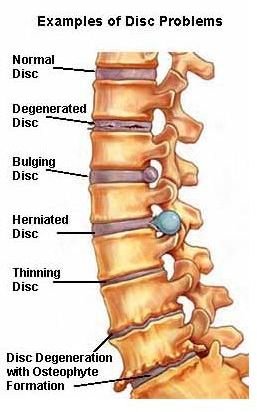Lumbar Laminectomy Overview
Introduction
A lumbar laminectomy is a surgical procedure where a portion of the lamina, part of the bones of the spine, is removed to relieve pressure on the spinal nerves and relieve back pain. This procedure, also called lumbar decompression, can be useful for various lower back conditions, including stenosis or bulging discs, herniated discs, or other disc problems.
Stenosis occurs when the spinal canal begins to narrow, compressing the spinal nerves. This is usually due to natural aging processes or osteoporosis. Bulging discs or herniated discs occur when the padding between the vertebrae that acts as shock absorbers (the discs) either bulge outward toward the spinal nerves or actually come out, pushing on the spinal nerves.
These common causes of lower back pain are usually treated with more conservative options before surgery is discussed. These treatments range from rest, to chiropractic or acupuncture care, to yoga and exercise, to anti-inflammatory medication. When these options do not work, a lumbar laminectomy may be the only way to control the pain.
Surgery
Before surgery, you will undergo a full physical exam, with blood tests, urine tests, and possibly an EKG to test the health of your heart.
During a lumbar laminectomy, you will be put under either local or general anesthesia, and the procedure will begin with you lying on your back, side, or leaning forward in a special chair to expose your back.
A small incision over the damaged area of the back will allow the surgeons to move muscle out of the way and cut away the part of the vertebrae that is causing problems. The pressure on the compressed nerve can then be relieved and the lower back pain diminished.
Recovery
After undergoing lumbar decompression surgery, most patients remain in the hospital for one to three days. While in the hospital, you will be given I.V. fluids and antibiotics to prevent infections. Pain medication can also be given to relieve any discomfort.
You should begin walking around as soon as possible, as this helps in the recovery process. While in the hospital, you should move carefully and gently, until you regain strength. Once home, you will need someone to help take care of you while you recover.
After a week, your doctor will want to see you to check on your lumbar laminectomy recovery progress and remove any remaining stitches. You should not drive or return to work before your checkup. After two weeks, it should be safe to drive and resume light activity. After four weeks, you should be back at work.
Physical therapy may be an important part of the recovery after a lumbar laminectomy and can include treatments for pain and inflammation, breathing and stretching exercises, massage, and activities such as swimming.
The information in this article should not be considered medical advice. Always check with your physician before taking any products or following any advice you have read on Brighthub.com.
A Patient’s Guide to a Lumbar Laminectomy
